The popularity of jasmine notes in perfumery can only compete with the popularity of roses, and he himself bears the proud title of "king of flowers". In the twentieth century, the saying "no perfume without jasmine" was popular among perfumers, meaning that few fragrances were created without the use of jasmine notes, even if it was about its functional role. Currently, for the needs of perfumery, raw materials are obtained from two types of jasmine: large-flowered (grandiflorum) and sambac. However, due to its high price, perfumers have learned to create synthetic chords and bases, and unscrupulous suppliers often falsify natural raw materials. Synthetic or semi-synthetic bases can both imitate the aroma of natural raw materials and be fantasy chords. This gives a certain kind of freedom for the perfumer's creativity, highlighting the necessary aspects of the jasmine fragrance and hiding the undesirable ones. Moreover, imitation of the fragrance of fresh jasmine flowers is impossible without the use of synthetic bases. In the encyclopedia Aromo.ru The general concept of "jasmine" includes fragrances, the manufacturers of which did not specify which type of jasmine the perfumer used, as well as fragrances that include fantasy jasmine chords and/or parts thereof. Large-flowered jasmine (Jasminum Grandiflorum) The name of the plant according to the botanical classifier: Jasminum Officinale (var. Grandiflorum) Countries producing natural raw materials: China, Morocco, Italy, France (including Corsica), Egypt, Guinea, Comoros, India, Syria, Taiwan, Japan, etc. Parts of the plant going into processing: flowers; Types of raw materials obtained: absolute, concrete; Methods of preparation: concretes — extraction with volatile solvents, absolute — extraction with alcohol; Physical characteristics of raw materials: concretes — solid, waxy red-orange, dark orange or yellow-orange mass; absolute — dark orange, red-brown, thick liquid. Olfactory characteristics of the raw material: the concretes have an intense floral, tart-indole, warm, sweet aroma. The absolute has an intense floral, herbaceous, buttery-fruity and slightly tea-tannic aroma. Olfactory group: floral; Position in the olfactory pyramid: the middle and base notes with the possible presence of Jasmine sambac in the initial phase Plant name according to the botanical classifier: Jasminum sambac Countries of production of natural raw materials: China and Southeast Asia Parts of the plant going into processing: flowers; Types of raw materials obtained: absolute, concrete; Methods of preparation: concretes — extraction with volatile solvents, absolute — extraction with alcohol; Physical characteristics of raw materials: concretes — solid, waxy brown mass; absolute — dark orange, brown, thick liquid. Olfactory characteristics of the raw material: the concretes have an intense floral, tart-indole, warm, sweet, with leather, woody and balsamic shades of aroma. The absolute has an intense floral-indole, leather, warm, slightly fruity aroma. Olfactory group: floral; Position in the olfactory pyramid: middle and base notes with the possible presence in the initial phase of a perfume with a dominant or main note of jasmine (the list includes one of the listed or both types of jasmine): Alien Mugler, Tendre Jasmin Yves Rocher, Jasmine Full Montale, J'adore Le Jasmin Christian Dior, Imperial Tea By Kilian, Jasmine In Tangerine Atkinsons, Jasmine Keiko Mecheri, Nuda Nasomatto, Jasmine Demeter Fragrance, Amalia Primavera Fueguia 1833, Jasmine Amouage, Madagascar Jasmine Grandiflora, BOM Jasmine Ys-Uzac, Raw Secret Phuong Dang, Vent de Jasmin Il Profvmo, Pikake Jasmine Island Bath and body, A La Nuit Serge Lutens, Le Jasmin Annick Goutal and many others.

0%

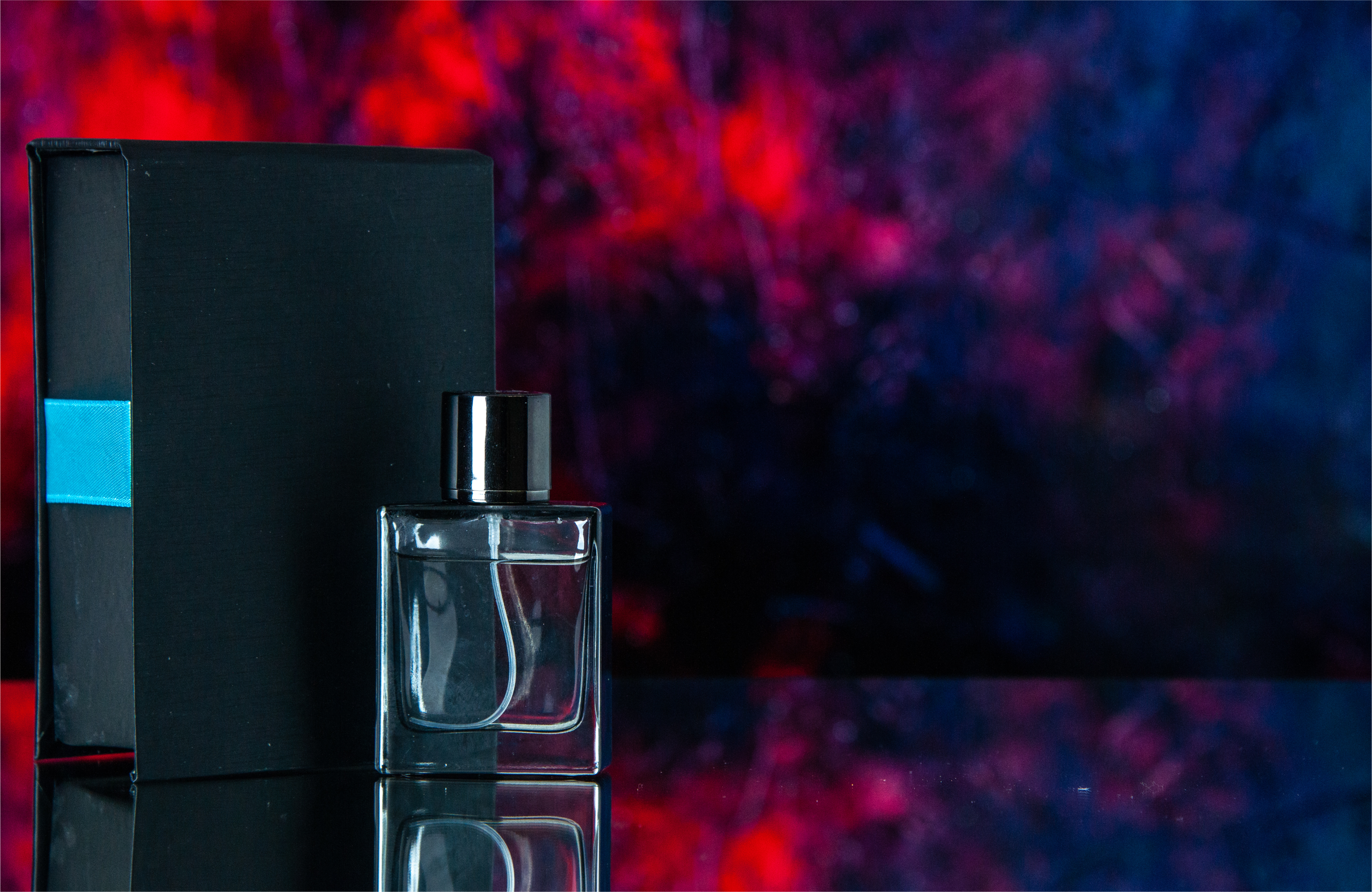
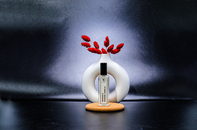
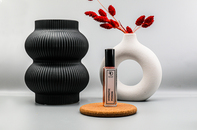
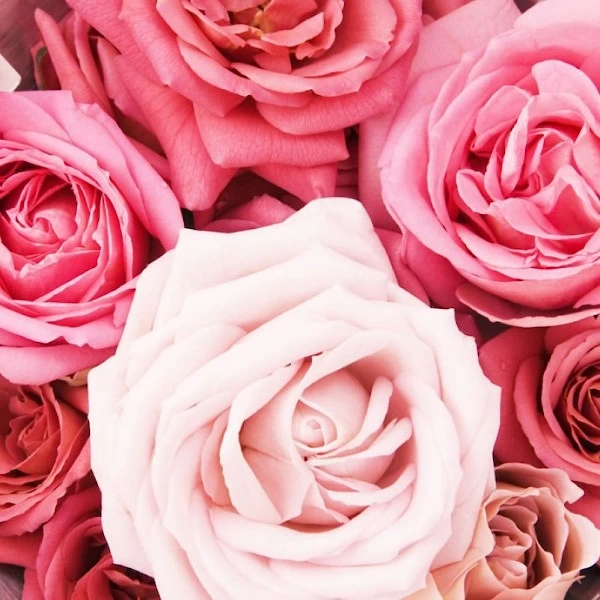
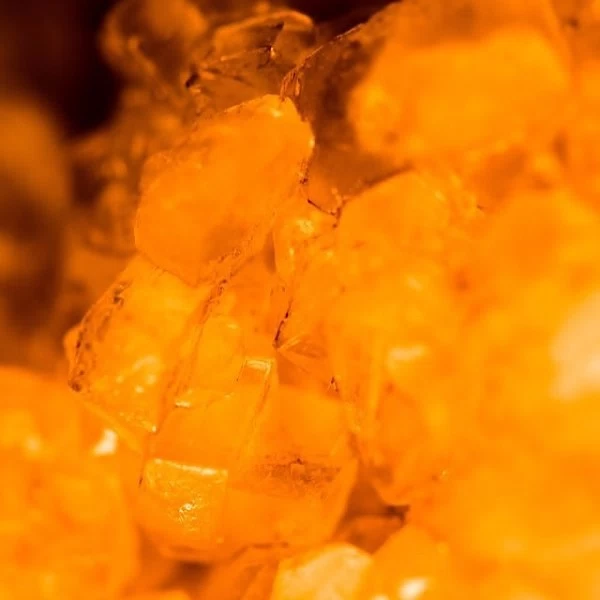
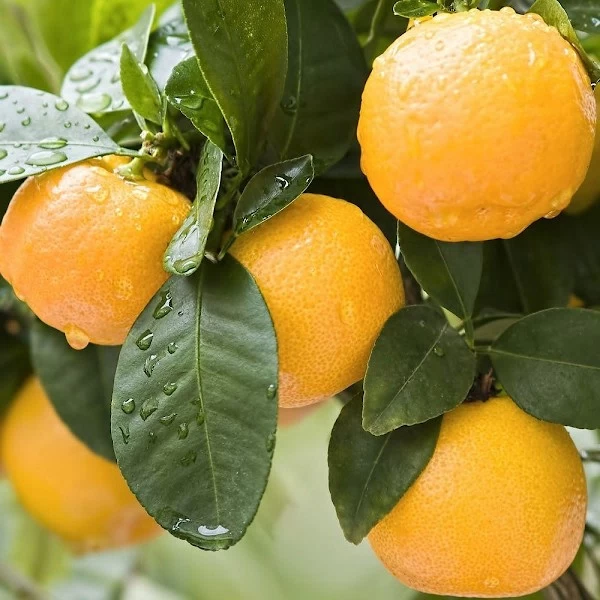

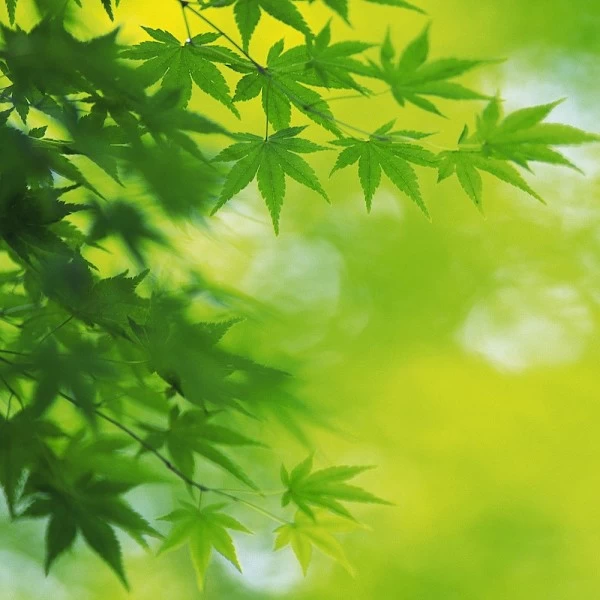

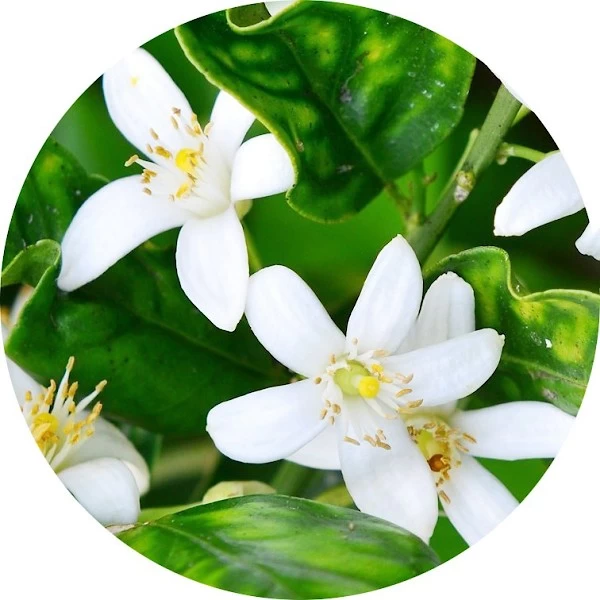
.svg)
